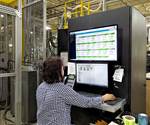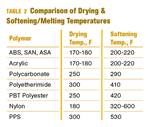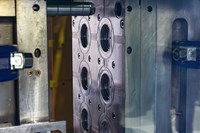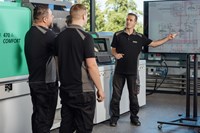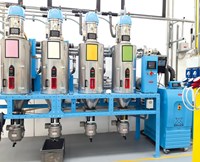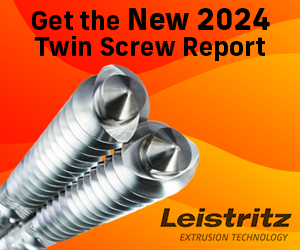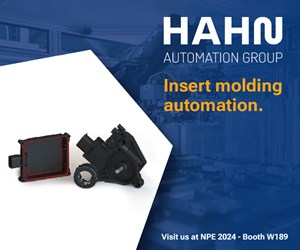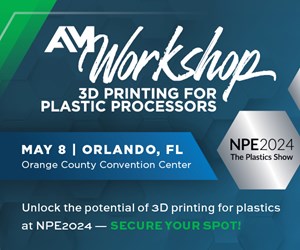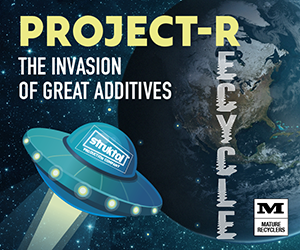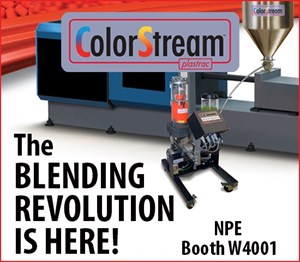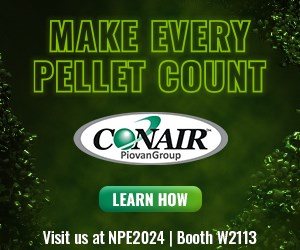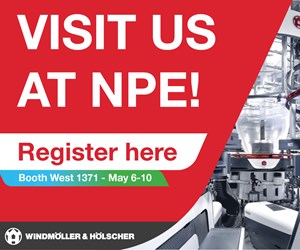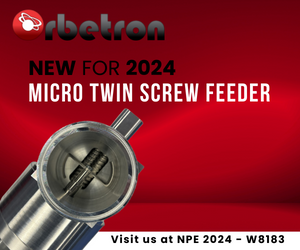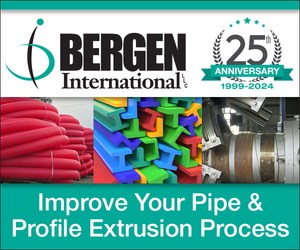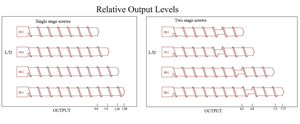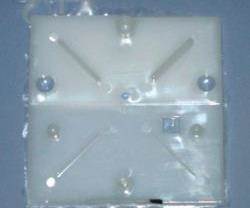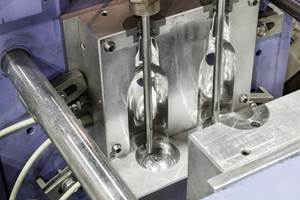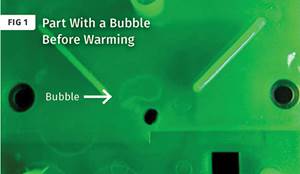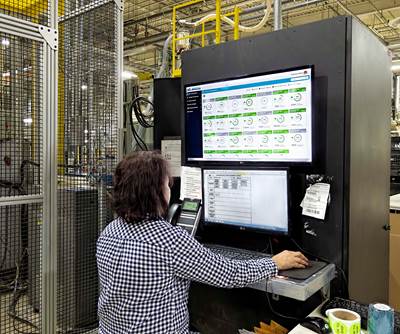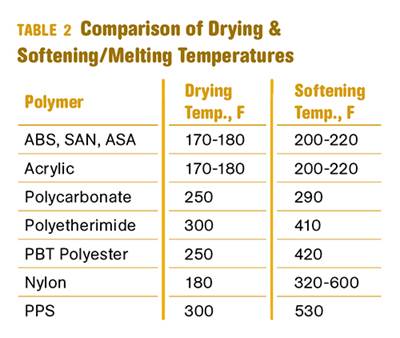INJECTION MOLDING: Improving Barrel-Temperature Measurement and Control
Proper thermocouple placement and contact area are crucial, as is wire maintenance. But remember that barrel temperature and melt temperature are not the same
There are hundreds of processing variables to control in injection molding, and the temperature of the plastic has to be among the top five in importance. No arguments here: Temperature control is critical, and you should duplicate the plastic temperature shot-to-shot, run-to-run, and machine-to-machine.
But what bothers me is that many molders do not differentiate between the actual plastic temperature and the temperature reported or shown on the temperature-control screen. They are not the same and can differ by as much as a 50° C (90° F). The true melt temperature is difficult to measure during production. Most molders interrupt the cycle and purge plastic into the air to take a measurement, a procedure that is fraught with problems. What’s really needed is a way to measure melt temperature while the machine is on cycle.
For now, let’s start with improving barrel-temperature measurement and control. Certainly, barrel-zone temperatures influence melt temperature. Most agree that about 20% of the energy to melt the plastic comes from the heater bands, and they are critical for startup. So what can you do to make sure you are reading barrel temperature correctly?
Measuring barrel temperature seems simple enough: Use a thermocouple to measure the steel temperature and control the heater band with an ambient-temperature-reference PID (Proportional Integral Derivative) controller. Nothing new here. You can use J- or K-type thermocouples (TCs), as both have the same accuracy (the greater of 2.2° C/4° F or 0.75%) through the temperature range most molders run: 23 to 490 C (70 to 900 F). Both J & K can go to well over 600 C (1100 F).
Make sure that the wires are in good shape—no splices—and are routed so that molten plastic does not get on them. It drives me nuts that 95% of the machines I see have the TC and electrical wires hanging down from the barrel, and 60% of the time gobs of plastic are hanging from them. This costs big money in downtime, wire replacement, safety, and hassle. There is no reason you cannot take some time to tie them up on the non-operator side. You know it will save you more time later, so do it now.
Next is thermocouple placement and contact area. All barrels have thermocouple wells drilled into the steel for each zone. TCs are slid into these holes and usually secured with a spring mechanism to assure the TC is in contact with the steel with some slight pressure on it. A little investigation leads to a couple of questions. How big is the hole? Often a lot bigger than it needs to be. How much contact area does the TC have with the steel? Yikes, not much!
Figure 1 shows a piece of a barrel with the typical thermocouple well and a thermocouple. The contact area is essentially that of a ballpoint pen tip touching steel. Anybody see a problem here? Most, 99.9%, do not; I do. Note how small the contact area is. How much pressure holds it in place? Sure, there is a spring mechanism holding the TC, but is it set correctly? Check yours: My bet is you will find a few with the thermocouple in the middle of the hole not touching anything. In other words, it is measuring only air temperature.
Is there a better way? The rest of the world seems to understand heat transfer better than we do, and it is time we get our act together. In such cases as this, they often use thermal paste to ensure good thermal conductivity and hence a better TC reading. So what should you do?
My suggestion is to fill the thermocouple well one-quarter to half-full of thermal paste. If this is too expensive for you, find the can of copper anti-seize grease in your shop. Since it consists of copper flake, a great heat conductor, and grease, it is something of a thermal paste. The grease will evaporate or char, but you are left with mostly copper and it will help transfer the heat. Both of these pastes will provide an improved heat-transfer mechanism to allow the TC to read more correctly.
Sure, TC placement and contact area are picky details, but Dr. Deming and others have tried to show us that details make the difference between profit and loss. You and your machinery suppliers need to get this right.
ABOUT THE AUTHOR
Related Content
How Much L/D Do You Really Need?
Just like selecting the extruder size and drive combination, the L/D should be carefully evaluated.
Read MoreHow to Stop Flash
Flashing of a part can occur for several reasons—from variations in the process or material to tooling trouble.
Read MoreThe Importance of Melt & Mold Temperature
Molders should realize how significantly process conditions can influence the final properties of the part.
Read MoreHow to Get Rid of Bubbles in Injection Molding
First find out if they are the result of trapped gas or a vacuum void. Then follow these steps to get rid of them.
Read MoreRead Next
People 4.0 – How to Get Buy-In from Your Staff for Industry 4.0 Systems
Implementing a production monitoring system as the foundation of a ‘smart factory’ is about integrating people with new technology as much as it is about integrating machines and computers. Here are tips from a company that has gone through the process.
Read MoreWhy (and What) You Need to Dry
Other than polyolefins, almost every other polymer exhibits some level of polarity and therefore can absorb a certain amount of moisture from the atmosphere. Here’s a look at some of these materials, and what needs to be done to dry them.
Read More
.jpg;width=70;height=70;mode=crop)
